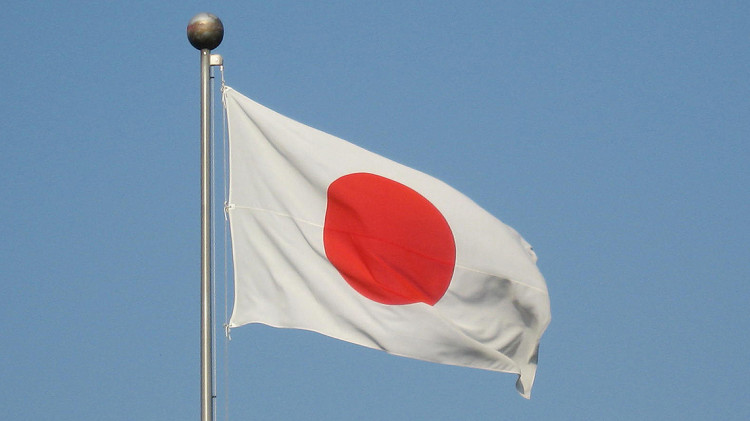International Atomic Energy Agency (IAEA) experts have confirmed that the tritium concentration in the ninth batch of diluted ALPS treated water, which the Tokyo Electric Power Company (TEPCO) began discharging today, is far below Japan’s operational limit.
IAEA experts stationed at the Agency’s office at the site of the Fukushima Daiichi Nuclear Power Station (FDNPS) conducted an independent on-site analysis of samples from the treated water. The IAEA confirmed that the tritium concentration in the diluted water is far below the operational limit of 1500 becquerels per litre and is in line with international safety standards.
In line with Japan’s plans, the ALPS-treated water will be released from FDNPS in a series of batches over the next decades, following the start of the discharge in August 2023. The IAEA has earlier confirmed that the tritium concentrations in the previous eight batches, totalling approximately 64 500 cubic meters of water, were also far below operational limits.
In a comprehensive report issued on 4 July 2023, the IAEA’s safety review found that Japan’s plan for handling the treated water was consistent with international safety standards and that the release as planned would have a negligible radiological impact to people and the environment.
Next month, the IAEA, with experts from third-party laboratories, will perform sampling for interlaboratory comparisons (ILCs) to corroborate environmental monitoring conducted by TEPCO and relevant Japanese authorities. Samples of seawater, sediment, fish and seaweed will be collected from coastal and offshore locations and a fish market close to FDNPS. An ILC to corroborate source monitoring based on samples of ALPS treated water collected in June 2024 is ongoing.
In December, the IAEA Task Force established to review the safety of the water discharge plan will conduct its third mission to Japan since the start of the water releases. The Task Force will assess if the discharge continues to comply with international safety standards.
All reports on sampling, independent analysis, data evaluation, as well as timeline, are available on the IAEA website.


